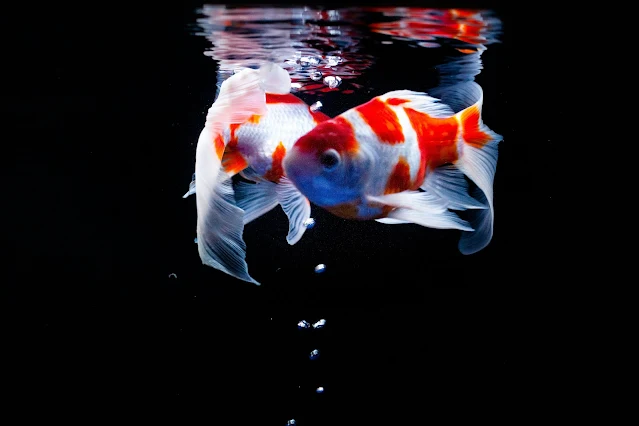Introduce New Fish to Your Aquarium
Bringing home new fish is like welcoming new roommates into a carefully curated ecosystem. But unlike humans, fish can’t tell you when they’re overwhelmed—they show it through faded colors, lethargy, or worse, illness. A stressed introduction can disrupt your entire tank’s harmony.
In this guide, you’ll learn science-backed and fish-keeper-approved steps to acclimate new arrivals seamlessly. Your fish will thrive, your tank will stay balanced, and you’ll avoid the heartbreak of losing a finned friend.
Why Proper Introduction Matters (It’s Not Just About Floating a Bag!)
Fish are sensitive to sudden changes in water chemistry, temperature, and even light. Dumping them straight into your tank can shock their systems, leading to:
pH Shock: Rapid pH swings damage gills and organs.
Temperature Stress: A 2°F difference can weaken immunity.
Aggression: Existing tankmates may bully newcomers.
The goal? Replicate their old environment while gently transitioning them to yours.
Step 1: The Quarantine Tank – Your Secret Weapon
Before adding fish to your main tank, quarantine them for 2-4 weeks in a separate, cycled tank. This:
Prevents spreading diseases (like ich or fin rot) to your existing fish.
Lets newcomers recover from transport stress in peace.
Gives you time to observe their behavior and appetite.
Pro Tip: Use a transparent divider in the quarantine tank to mimic “visual contact” with other fish, reducing territorial aggression later.
Step 2: The Drip Acclimation Method – Slow and Steady Wins the Race
Forget just floating the bag! Drip acclimation gradually mixes tank water with the transport water:
Float the bag for 15 minutes to equalize temperature.
Open the bag, add a cup of tank water every 10 minutes for 1 hour.
Use airline tubing to create a slow drip (2-4 drips/second) for 1-2 hours.
This minimizes shock from differences in pH, salinity, or hardness.
Step 3: Lights Off, Stress Coat On
Dim the lights for 24 hours post-introduction. Bright lights stress fish already adjusting to new sights and sounds.
Add a stress coat (like API Stress Coat) to the water. These products contain aloe vera to soothe slime coats and reduce ammonia toxicity.
Step 4: The “Roommate Test” – Introduce Fish Strategically
Release during feeding time: Distract existing fish with food to reduce curiosity/aggression.
Use a breeding box: Place newcomers in a floating box inside the tank for 1-2 days. Fish can see/smell each other without physical contact.
Add shy fish first: If introducing a group, add timid species (e.g., tetras) before bold ones (e.g., cichlids).
Step 5: Monitor Like a Hawk (But Don’t Tap the Glass!)
Watch for these red flags in the first 48 hours:
Gasping at the surface: Could indicate poor oxygen levels or ammonia spikes.
Hiding nonstop: Stress from bullying or inadequate hiding spots.
Faded colors: A sign of pH shock or disease.
Quick Fixes:
Test water parameters (ammonia, nitrite, nitrate).
Add more plants or decorations for hiding.
Use a tank divider if aggression persists.
Never add more than 2-3 fish at once, even to a large tank. Overloading disrupts the nitrogen cycle, spiking ammonia and stressing all inhabitants.
Final Thought: Patience = Paradise
Rushing the process risks your tank’s balance and your fish’s health. By prioritizing slow acclimation and observation, you’ll create a serene underwater world where every fish—old and new—can flourish.


Comments
Post a Comment